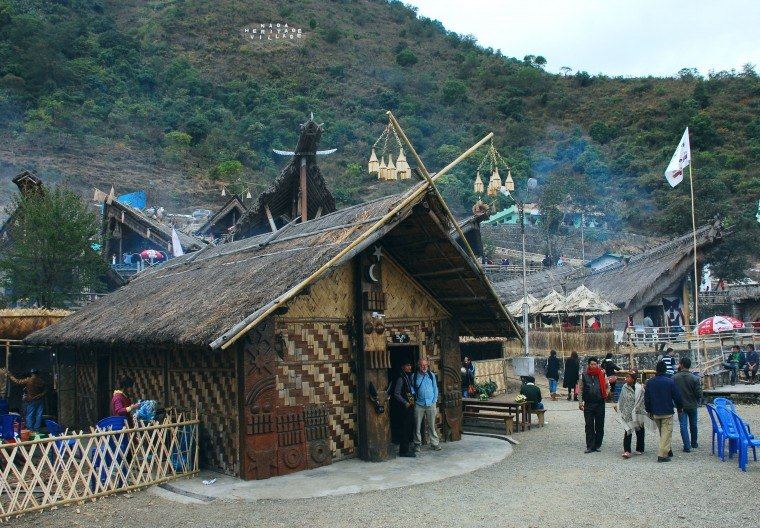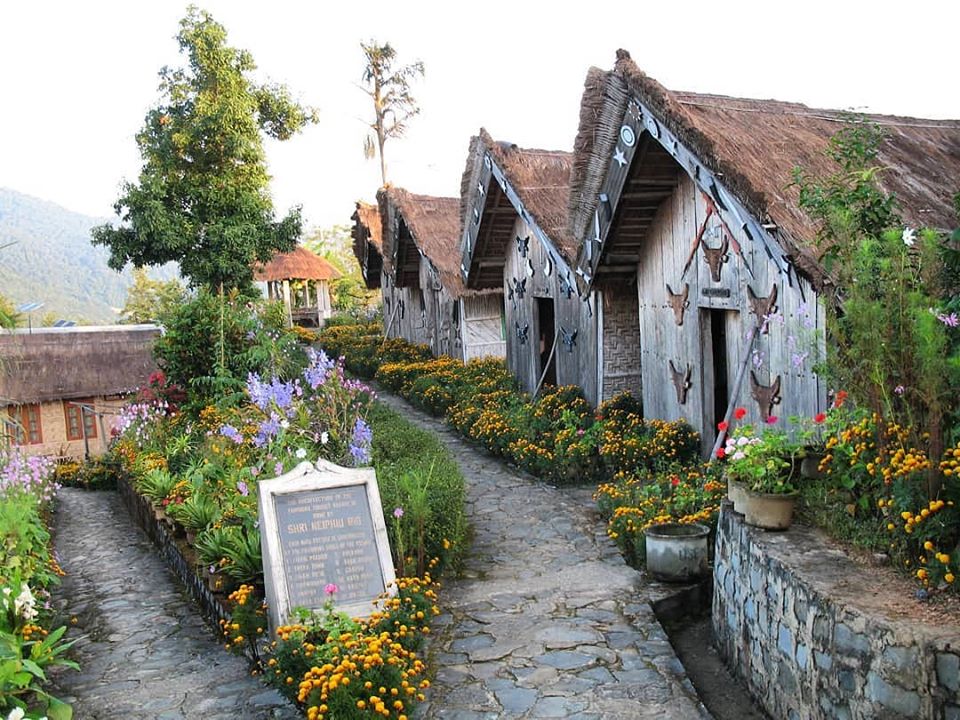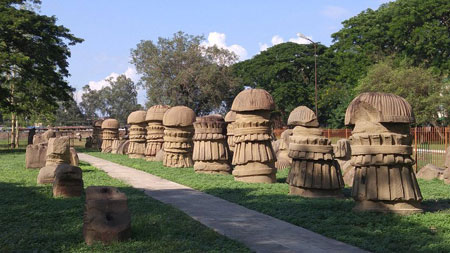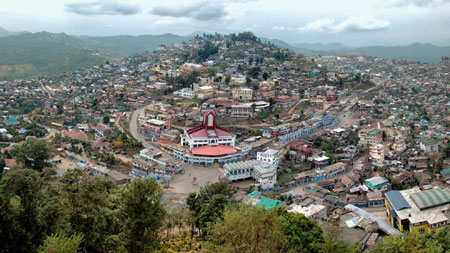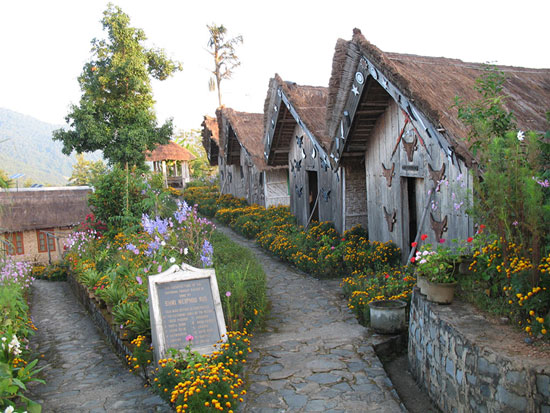ORIGIN OF NAGAS
There are different legends regarding the origin of the Nagas, as they vary according to the version of the Kheza-Kenoma legend believed by the Angamis, Sema, Rengamas and the Lothas. There was once a village possessing a large Stone Slab which had magical properties. Paddy (rice) spread on it to be dried doubled in quantity by evening. The three sons of the couple who owned the stone used it by the rotation. One day a quarrel broke out between the sons as to whose turn it was. Their parents, fearing blood-shed among the sons, set fire to the stone which then cracked. It is believed that the spirit in the stone went to heaven and the stone lost its miraculous property. The three sons left their parents and went in different directions and became the forefathers of the Angami, Sema, and the Lotha tribes. For a long period the Nagas were unknown to the outer world, and indeed often lived in separate villages with litlle contact between them.During the 19th century Christian missionaries came to this land and begian the story of its involvement in a broader civilization.
There is no written history about their origin. Now-a-days they use the Roman script to write their dialects. Some writers believe that they had in-migrated from three directions – North East, North West and South East: other writers say that they immigrated from South East through Burma. The Nagas are settled in Nagaland, four Districts in Manipur, one District in Assam and two Districts in Arunachal Pradesh. There are 13 main tribes in Nagaland, each of them are having its own cultural heritage.





